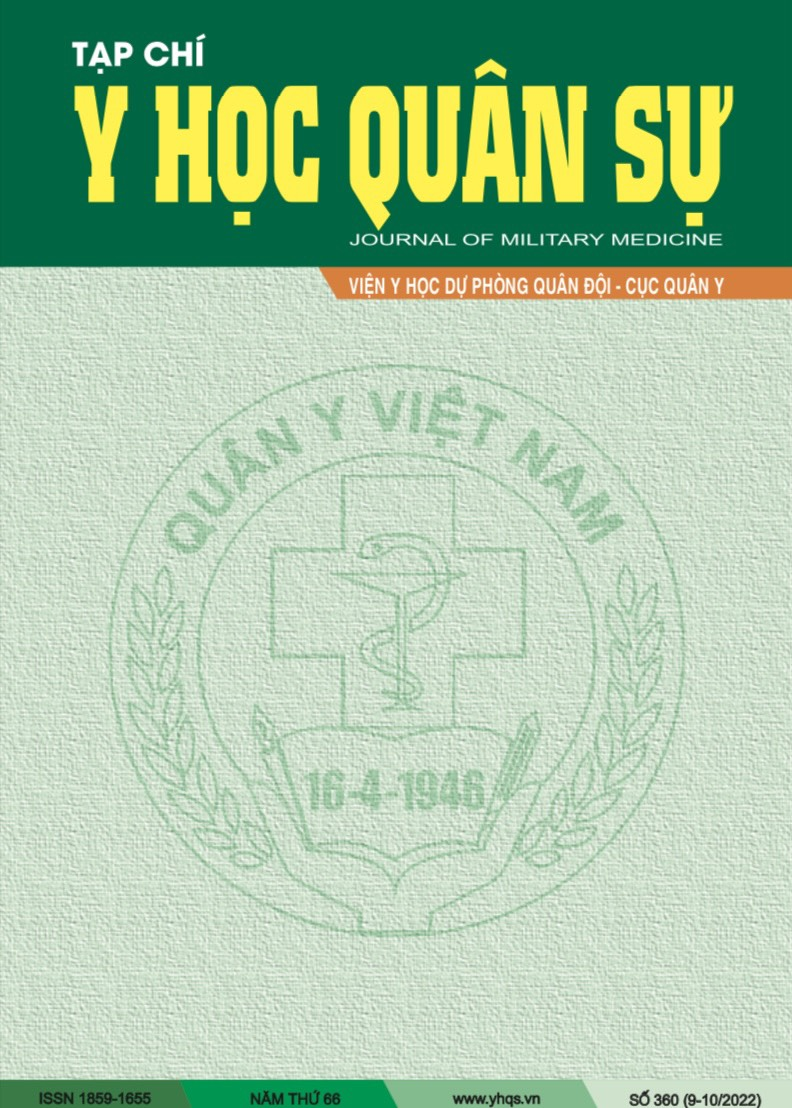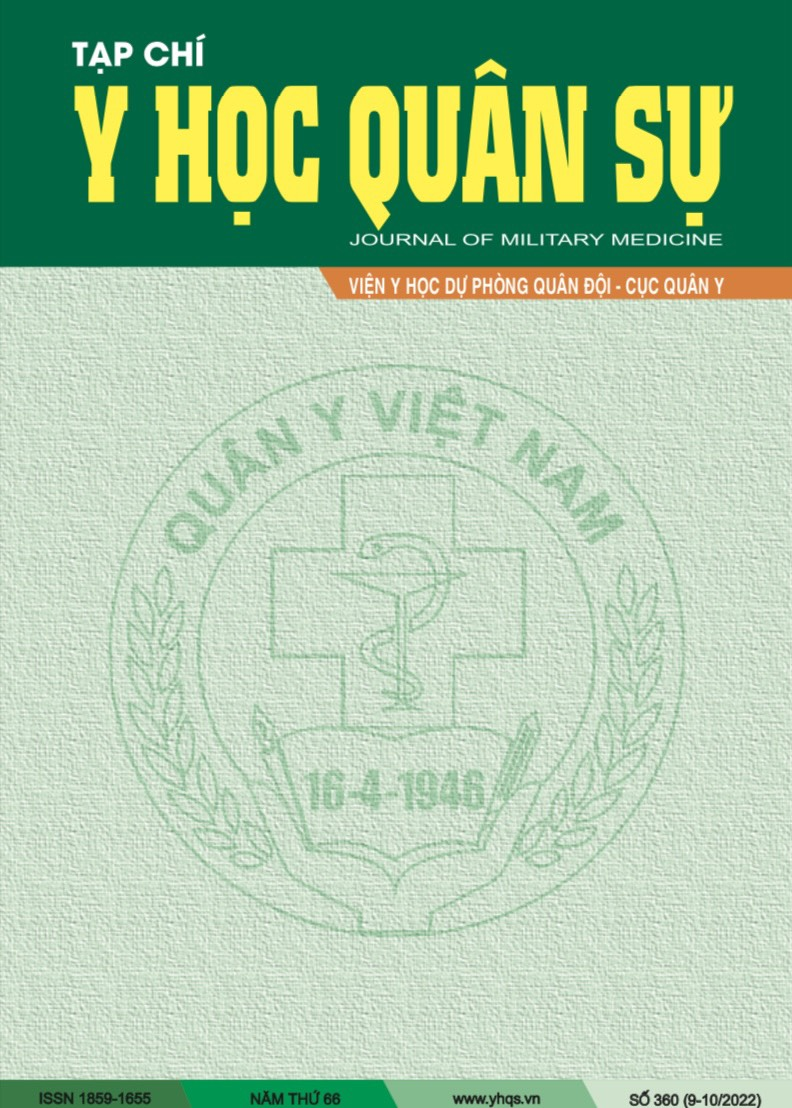INTRODUCTION OF A CLINICAL CASE OF PREECLAMPSIA/HYDROPS FETALIS SUCCESSFULLY TREATED AT THE MILITARY HOSPITAL 91
Từ khóa:
Hydrops fetalis, cesarean section, complicationsTóm tắt
Hydrops fetalis is a rare condition of obstetric emergency (accounted for 0.1% of births). This is an extremely serious obstetric complication because the risk of fetal death is very high. In case the fetus is still developing, the risk of birth defects caused by Hydrops fetalis is up to 85%, mainly on children with brain damage. Hydrops fetalis caused loss of function of the placenta, large amounts of fluid in the placental tissues, increase volume and weight. Military Hospital 91 has early diagnosed and successfully treated pregnant women with preeclampsia/Hydrops fetalis, anemia, fetal distress by active cesarean section. This was the optimal method for the mother's emergency, prevention of Retained placenta, bleeding, uterine atony, and postoperative infection.
Tài liệu tham khảo
Watanabe N, Hosono T, Chiba Y, Kanagawa T (2002), “Outcomes of infants with nonimmune hydrops fetalis born after 22 weeks gestation - our experience between 1982-2000”, J Med Ultrasound, 10: 80-85.
Ismail K.M.K et al (2001), “Etiology and outcome of hydrops fetalis”, The Journal of Maternal-Fetal Medicine, 10: 175-181.
Ratanasiri T et al (2009), “Incidence, causes and pregnancy outcomes of hydrops fetalis at Srinagarind hospital. 1996 - 2005: a 10 - year review”, J Med Assoc Thai, 92 (5): 594-9.
Okai T, Baba K, Kohzuma S, Mukuboh M, Shi S, Mizuno M, Sakamoto S (1984), “Nonimmunologic hydrops fetalis: a review of 30 cases”, Nihon Sanka Fujinka Gakkai Zasshi, 36 (10): 1813-21.
Thumasathit B et al (1968), “Hydrosp fetalis associated with Bart’s hemoglobin in northern Thailand”, The Journal of Pediatrics, 73 (1): 132-138.
Hutchison AA, Drew JH, Yu VY, Williams ML, Fortune DW, Beischer NA (1982), “Nonimmunologic hydrops fetalis: a review of 61 cases”, Obstet Gynecol, 59: 347-352.
Santo S et al (2011), “Prenatal diagnosis of non-immune hydrops fetalis: what do we tell the parents?”, Prenat Diagn, 31: 186-195.
Swain S et al (1999), “Prenatal diagnosis and management of nonimmune hydrops fetalis”, Aust NZ Obstet Gynaecol, 39 (3): 285-290.
Suwanrath-Kengpol C et al (2005), “Etiology and outcome of non-immune hydrops fetalis in Southern Thailand”, Gynecol Obstet Invest, 59: 134-137.
Liao C et al (2007), “Nonimmune hydrops fetalis diagnosed during the second half of pregnancy in southern China”, Fetal Diagn Ther, 22: 302-305.



